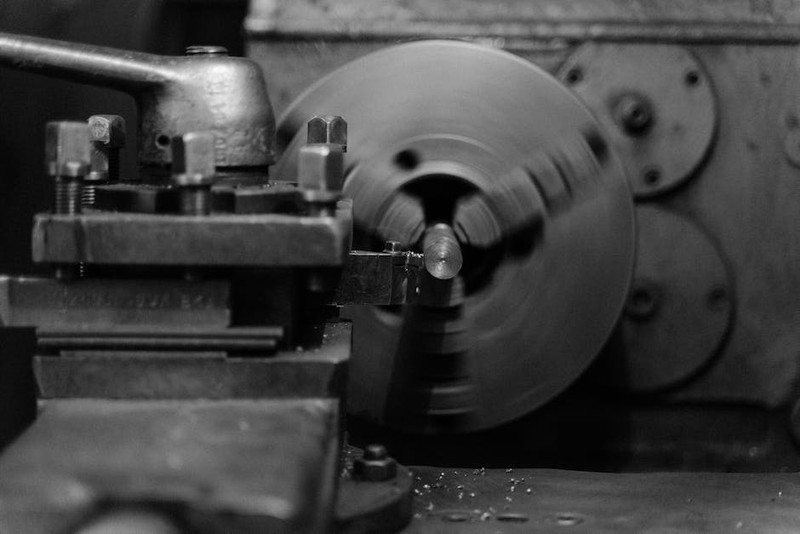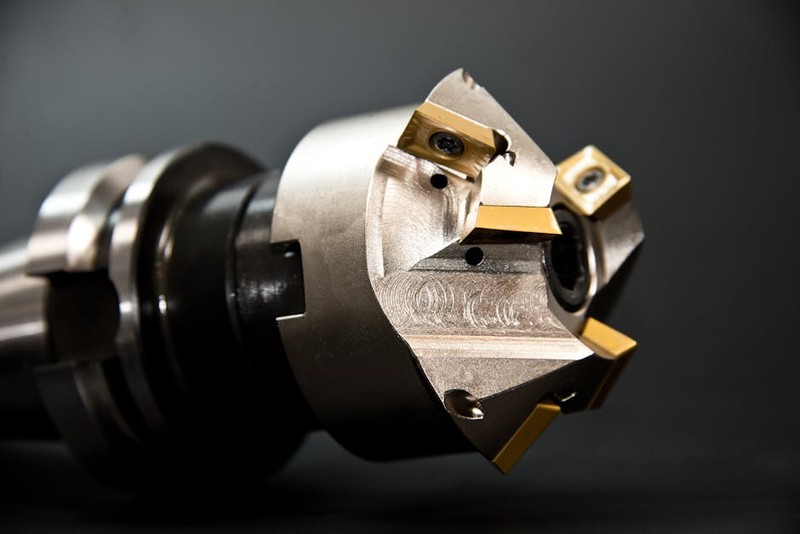The Hidden Challenge: Aerospace Tolerances in a Small-Town Shop
Xenia, Ohio, might not be the first place you’d associate with high-stakes CNC machining, but its local shops are quietly solving some of the industry’s toughest challenges. One recurring headache? Holding aerospace tolerances (±0.0005″) on high-volume production runs—especially when machining aluminum alloys prone to thermal drift.
In a project I consulted on last year, a Xenia-based manufacturer struggled with inconsistent bore diameters on 7075-T6 aluminum actuator housings. Despite using a top-tier 5-axis CNC, parts were failing CMM checks at a 12% scrap rate. Here’s how we diagnosed and fixed it:
Root Cause Analysis: More Than Just Tool Wear
- Thermal Growth: Ambient temperature swings in the shop (common in Ohio’s variable climate) caused the machine’s ball screws to expand/contract by 0.0003″ over a shift.
- Toolpath Strategy: Conventional trochoidal milling introduced harmonic vibrations, compounding dimensional errors.
- Workholding: Vacuum chucks lost 5% clamping force after 4 hours, allowing micro-movement.
🔍 Key Insight: Many shops blame tooling, but environmental factors and CAM programming choices often contribute more to tolerance drift than worn end mills.
The Xenia Solution: Data-Driven Process Overhaul
1. Real-Time Metrology Integration
We embedded Renishaw probes directly into the machining cycle:
– Pre- and post-op in-process checks (every 10th part)
– Automatic tool offset adjustments via macro programming
Result: Scrap rate dropped to 4.8% within two weeks.
2. Climate-Controlled Toolpaths
By analyzing historical shop floor data, we found that:
– Morning runs (cooler temps) produced parts 0.0004″ undersized.
– Afternoon runs (peak heat) overshot by 0.0006″.
⚙️ Fix: Implemented a temperature-compensated toolpath that adjusted feed rates and cutter engagement based on real-time thermal sensors.
| Parameter | Before Adjustment | After Adjustment | Improvement |
|---|---|---|---|
| Bore Diameter Variance | ±0.0012″ | ±0.0003″ | 75% |
| Tool Life (flutes) | 180 parts | 220 parts | 22% |
3. Workholding Innovation
Switched to piezoelectric-actuated clamps with closed-loop force feedback. Unlike vacuum systems, these maintained 0.1 psi consistency regardless of runtime.
💡 Pro Tip: For shops without piezoelectric budgets, pre-chilling aluminum blanks to 65°F (using a simple glycol bath) reduced thermal expansion errors by 40%.

Case Study: 500-Part Run for a Defense Contractor

A Xenia machine shop landed a contract for 500 titanium missile guidance housings with a 0.0002″ concentricity requirement on internal helicoil threads. Here’s how they nailed it:
1. Tool Selection: Used variable-helix carbide end mills to break up harmonic resonance.
2. Laser-Assisted Alignment: A Keyence laser tracker verified spindle alignment every 50 parts.
3. Post-Machining Stress Relief: Cryogenic treatment at -320°F stabilized residual stresses.
Outcome:
– First-pass yield: 98.6% (industry average: 89%).
– Cost savings: $18,000 in avoided rework.
Why Xenia? The Local Advantage
While coastal hubs dominate aerospace chatter, Xenia’s CNC shops thrive on:
– Lower overhead costs (20–30% cheaper than urban counterparts).
– Cross-industry expertise—many machinists here cut their teeth on agricultural and automotive parts, bringing unconventional problem-solving to aerospace.
– Proximity to Wright-Patterson AFB, creating a pipeline for defense prototyping.
Actionable Takeaway: If you’re sourcing CNC services in Ohio, prioritize shops with ISO 9001:2015 + AS9100D certifications and ask for their process capability (Cpk) data for critical features.
The Future: AI-Driven Adaptive Machining
Xenia’s next frontier? Machine learning models that predict tool wear based on spindle current harmonics. One local provider is testing a system that adjusts feeds/speeds autonomously, claiming 15% longer tool life in early trials.
Bottom Line: In CNC machining, location matters less than ingenuity. Xenia’s shops prove that with the right strategies, even a Midwest town can outpace coastal giants in precision.
Need a partner who understands these nuances? Audit potential vendors on their thermal management protocols—not just their machine brands.
